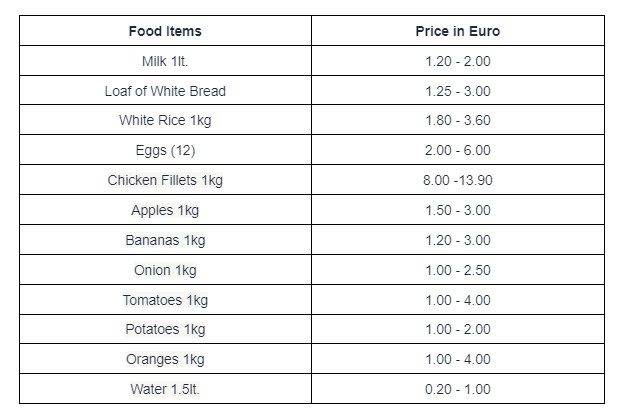Living Expenses in Rome | Capital of Italy
Shamima Khatun
01 October 2024
895 views

Rome, the capital of Italy, is a historic city. The city seamlessly blends its ancient history with a vibrant modern culture. Each year, lots of international students come here to pursue higher education. It is renowned amongst the students because of its top universities, world-class research facilities, diverse international community, and the chance to forge lifelong connections. For most of the overseas students, this city is a dream country. But, to study abroad, you have to be aware of many things about your preferred destination. And details about living expenses are one of those important factors. Based on the estimated tuition fees and living costs, students need to determine their budget to study abroad. The living expenses vary based on different factors, which are discussed below:
Budget for Living in Rome
Before going to Rome to study, you must plan a budget for living expenses, as it is the second most considerable factor after tuition fees. Living expenses include accommodation, food, transport, and other costs. The average monthly living cost is approximately €2,364 per person. However, this cost can vary depending on the individual's lifestyle, preferences, affordability, and duration of living.
Expenses You Need to Bear for Living Cost
Accommodation
A student’s maximum proportion of living expenses goes to getting accommodated. A student’s housing selection depends on their lifestyle and preferences. There are various types of accommodation available for students in Rome. For example, students can have a single room, shared room, apartment, paying guest, etc. Moreover, some universities offer housing facilities in partnership with a third party (accommodation-providing companies). For example, Sapienza Università di Roma, Temple University, American University of Rome, John Cabot University, etc. The rent cost varies depending on your preferences. You can check on their official sites. However, the monthly rent in an expensive area of Rome is €2,194. On the other hand, the monthly rent in a normal area is €1,251.
Food
The prices of food items depend on the quantity, quality, and preferences of the individual. The table below shows the average food item prices in Rome:
Transportation
Students have to travel for various purposes. They might need to go to grocery shops, bookshops, hospitals, libraries, workstations, campuses, and airports and shift from one house to another. So, they need to make up their budget to cover transport costs. However, the transport cost varies depending on different factors like distance, mode of transport, destination, and individual preferences. At the below, we have highlighted the basic transport rates:
- One-way local transport ticket: 1.50 - 2.00 Euro
- Monthly pass: 35 Euro
- Taxi: 3.00 - 6.00 Euro
Other Expenses

To study in any European country, you must have a Schengen Visa. You can have a look at our blog on Schengen Visa to get more insights.
Frequently Asked Questions
What is the cheapest city in which to live in Italy?
Palermo, Padua, Bari, and Pisa.
Is health care free in Italy?
Healthcare in Italy is not free, but the fees are usually quite reasonable.
Which city in Italy has more job opportunities?
Milan
Conclusion
Rome is one of the most preferred study destinations for international due to its affordability, high-class education, and easy visa process. So, international students must carefully plan their budget for living costs, which includes accommodation, food, transportation, and utilities. These expenses vary based on personal preferences and lifestyle. On average, monthly living expenses are around €2,364, with accommodation being the largest expense. Do plan your budget based on the latest data available. However, we suggest having extra money to bear unexpected expenses other than the basics covered in this blog.